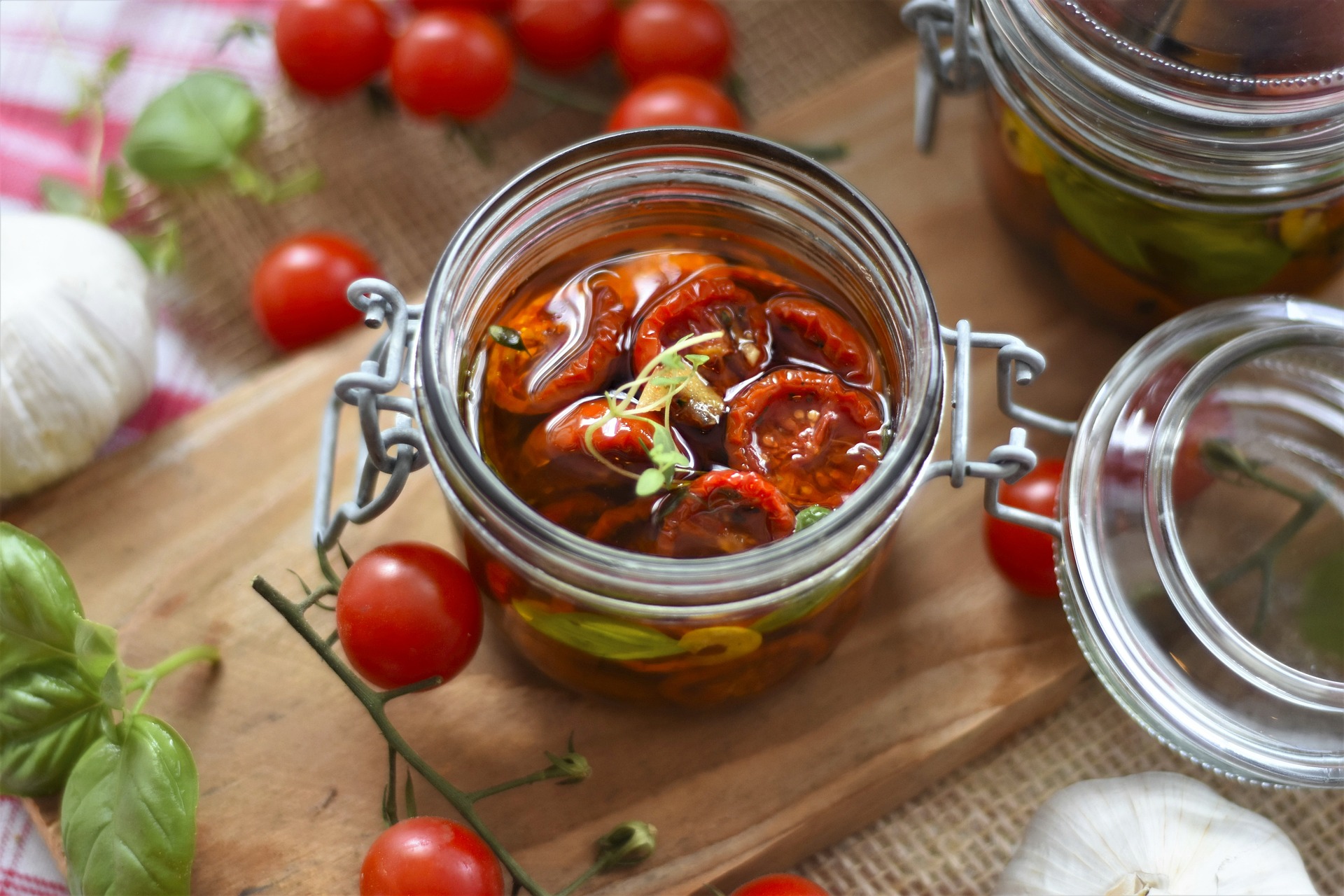Seize the Season: Winter Squash and How to Make the Most of It
Winter squash is more than just a seasonal staple—it's a culinary treasure bursting with flavor, versatility, and nutrients. From hearty soups to sweet desserts, there’s no limit to what this humble ingredient can do. In this guide, you'll explore the vibrant spectrum of winter squash, learn preparation techniques, and discover exciting recipes that will transform your meals.

The Winter Squash Spectrum
Winter squash comes in an array of shapes, sizes, and flavors, each bringing something unique to the table. Here are some standout varieties:
- Butternut Squash: Creamy, slightly sweet, and perfect for soups and purees.
- Acorn Squash: Small and nutty, ideal for roasting or stuffing.
- Spaghetti Squash: A low-carb alternative to pasta with its signature noodle-like strands.
- Kabocha Squash: Rich and dense, with a chestnut-like flavor perfect for stews and baking.
- Delicata Squash: Tender and sweet, with a thin, edible skin—no peeling required.
Each variety boasts distinct characteristics, making it easy to find the perfect squash for any dish.
A Nutritional Powerhouse
Winter squash isn’t just delicious—it’s also packed with health benefits:
- Rich in Vitamins: Loaded with vitamin A for eye health and vitamin C to boost immunity.
- Low in Calories: A satisfying, nutrient-dense option for those watching their intake.
- High in Fiber: Supports digestion and promotes a feeling of fullness.
- Antioxidant-Rich: Compounds like beta-carotene help combat inflammation and protect against chronic diseases.
Incorporating winter squash into your diet is an easy and delicious way to support overall health.
Mastering Preparation and Cooking Techniques
Winter squash’s tough skin and dense flesh can intimidate even seasoned cooks, but with the right techniques, it’s a breeze to prepare:
- Cut Safely: Use a sharp, heavy-duty knife and stabilize the squash on a cutting board. Trim both ends for a flat surface before cutting in half.
- Peel with Ease: For varieties like butternut, use a sturdy vegetable peeler. For tougher skins, roast the squash whole and scoop out the flesh afterward.
- Cooking Methods:
- Roasting: Brings out the natural sweetness and caramelizes the edges.
- Steaming or Boiling: Perfect for softening the flesh for purees.
- Microwaving: Speeds up the prep process—just pierce the skin and microwave for a few minutes to make cutting easier.
These techniques unlock the full potential of winter squash, making it easy to incorporate into your favorite recipes.
Beyond the Basics: Creative Recipe Ideas
Winter squash is a culinary chameleon, lending itself to both savory and sweet creations. Here are some unexpected ways to enjoy it:
- Squash Ravioli: Use roasted squash puree as a filling for homemade pasta, topped with sage brown butter.
- Squash Flatbread: Layer thin slices of delicata squash over flatbread with goat cheese, arugula, and a drizzle of honey.
- Stuffed Acorn Squash: Fill roasted acorn squash halves with quinoa, cranberries, nuts, and herbs for a festive main dish.
- Squash Smoothie: Blend cooked squash with bananas, almond milk, and spices for a creamy, nutrient-packed drink.
- Squash Muffins: Swap pumpkin for any winter squash in your favorite muffin recipe for a unique twist.
These recipes will inspire you to think outside the box and elevate your winter squash game.
Choosing and Storing Your Squash
The key to a great dish starts with picking the right squash. Here’s what to look for:
- Heaviness: A good squash should feel heavy for its size, indicating a dense, flavorful interior.
- Skin Quality: Avoid squash with soft spots or blemishes. The skin should be firm and intact.
- Stem Check: A dry, firm stem is a sign of ripeness.
For storage:
- Keep squash in a cool, dark place (like a pantry) where it can last for months.
- Once cut, wrap the remaining pieces in plastic and refrigerate for up to a week.
Proper selection and storage ensure your squash stays fresh and flavorful.
Tips & Fun Ideas
- Squash Swap: Replace pasta or rice with roasted spaghetti squash for a healthier, low-carb option.
- Seeds for Snacks: Save the seeds! Toss them with olive oil, salt, and spices, then roast until golden for a crunchy, nutrient-rich snack.
- Sweeten the Deal: Use roasted squash puree as a base for pies, cakes, or even custards for a dessert with a seasonal twist.
- Squash Bowls: Roast small squash varieties like acorn or kabocha and use them as edible bowls for soups or stews.
- Batch Prep: Roast a large batch of squash at once and freeze portions for quick additions to soups, sauces, or smoothies.
Conclusion
Winter squash is a true gem of the colder months, offering incredible versatility, flavor, and nutrition. By exploring its many varieties, mastering preparation techniques, and experimenting with creative recipes, you can turn this seasonal ingredient into the star of your kitchen. Whether you’re making a hearty soup, a sweet dessert, or an innovative main dish, winter squash is your ticket to culinary brilliance. Seize the season, and let the magic of winter squash transform your meals!




